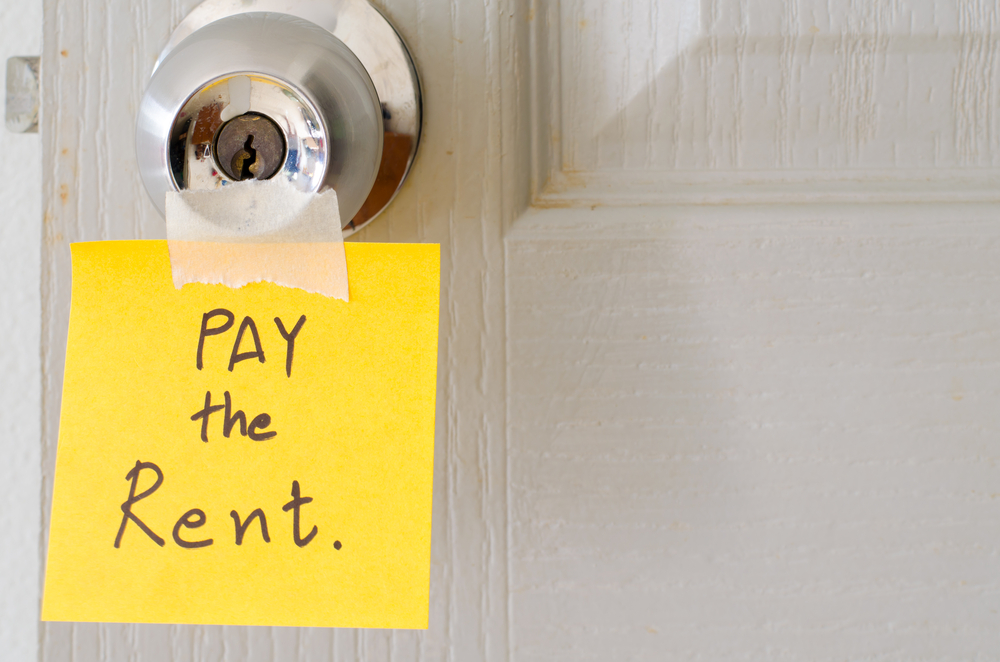
Private renters on a median household income typically spend 36.3%, or £1,232 in monthly rent, of their income on an average-priced let home in England, official data shows.
This is higher than Wales and Northern Ireland, where 25.9%, or £702, and 25.3%, or £751, of pay was spent on rent last year, respectively, according to the Office for National Statistics.
The numbers body says: “Private rental affordability has fluctuated since 2016 but remained above the 30% affordability threshold in England, while it moved below the threshold over time in Wales to reach similar levels to Northern Ireland.”
It classes a let as affordable if a household spends 30% or less of their gross income on rent.
In London, the private rental affordability ratio was 41.6% last year, adding that the local authorities with the least affordable rents were all in the capital.
The least affordable local authorities outside London were urban centres such as Bristol, Bath and North East Somerset, Brighton and Trafford, or areas with high numbers of commuters to London, such as Sevenoaks and Watford.
It adds that seven of the 10 most affordable local authorities were in the North East, with one each in Wales, the East Midlands, and the North West.
The most affordable local authority was Hartlepool, where rent was 15.9% of median income in 2024.
The least affordable was Kensington and Chelsea, where rent was 74.3% of median income last year.
The department says: “Private rental households’ incomes have increased faster than rents in all three countries since 2016; but since 2021, as rents started increasing more rapidly, different patterns emerged with incomes increasing faster than rents in England but increasing slower than rents in Wales and Northern Ireland.”
Zoopla executive director Richard Donnell adds: “The affordability of renting has worsened in 2024 as rapid growth in rents has outpaced the rise increase in household incomes.
“Strong demand for rented homes on higher migration for work and study, together with higher mortgage rates has boosted rental demand while the number of homes for rent has remained static for a decade as landlords slow investment.
“The rental supply/demand imbalance remains, but growing affordability pressures for renters, especially across UK cities, is limiting the pace at which rents are rising for new lets.”
ARLA Propertymark president Megan Eighteen points out: “Affordability has tightened throughout the UK due to several factors, including rising mortgage rates, increased living costs, and stagnant wage growth in some regions.
“Investment from reliable and professional landlords is essential, as the private rental sector is instrumental in providing housing for the nation.
“This can only be achieved with the backing and understanding of all levels of government across the UK.”



